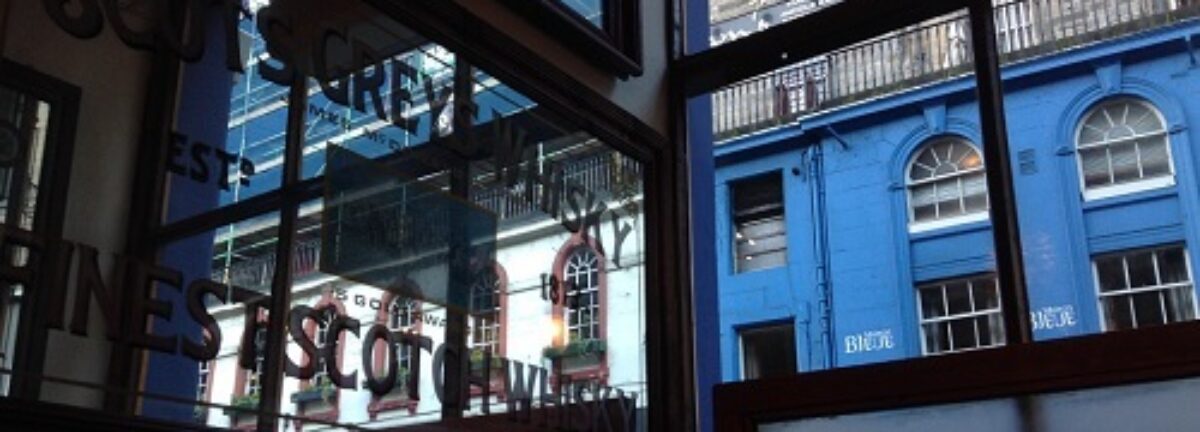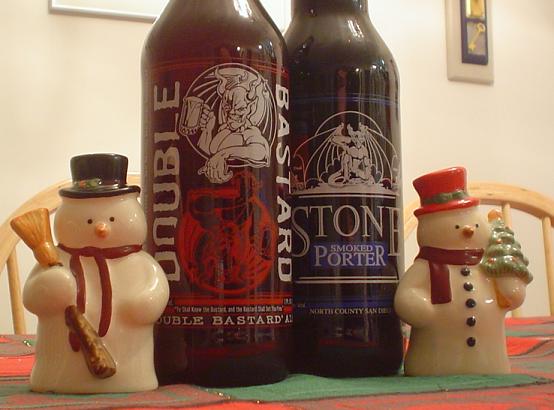The office is quiet as I am it for staff at the start of today and today only lasts until noon. New Year’s Eve is best like this. Never been a greatest night ever even with the firmest of plans. My favorite bad New Year’s party was around 1986 when friends of friends of friends stiffed me for a bunch of tickets for something, hollaring ensured, mascara ran and I stayed in only to have Howie Chen show up and talk me into going out to the Flamingo after all to see I can’t recall who but maybe the Hopping Penguins. We leave the house around 11:50 and a cab is driving by. Cab stops. Drivers says “who the hell thinks they are going to flag a cab at ten minutes to miidnight on New Year’s Eve?” We say “who the hell is looking for fares?” Laughs and tips. After that, I remember Kenny who used to tend at the old Gingers was behind the bar and all was well.
When I was a kid, the folks had a party at the manse for the no-alcohol set but, being Scots, sherry is not no-alcohol and, when a large component of a trifle – actually called “sherry trifle” in our cookery – it is more of a food group. The aim New Year’s morning was to be the first kid up to gorge on homemade sausage rolls and sherry trifle at eleven years old and then lay around snoozing with the first inklings of buzzery. Speaking of buzzery, I read that Ian is getting drunk tonight and Rob spliffed up last night. Both have their reasons. Ian will be a Dad in 2005 and Rob learned that his daughter Hope had moved on to Laos after all, leaving the Thai beaches a day or two before the tragedy. Being a Dad involves a few stiff drinks on occassion it appears.
It has been a good year with us. The immigrations – ours in 2003 and my parents in 2004 – to the start of the big river from its mouth has paid off in many ways which I won’t bother listing except to say that being five minutes drive from a cardiac surgery unit was an extremely good call for my Dad. It is odd seeing the soles of his feet pink. It was a good year for family reunions and 2005 bodes well for that again. Getting back into soccer was one of the best things I have done for myself in years and many short trips with the kids the best we have done ourselves.
Being well, watered and together is good. There are few goods gooder.

 Big news from a little place
Big news from a little place
